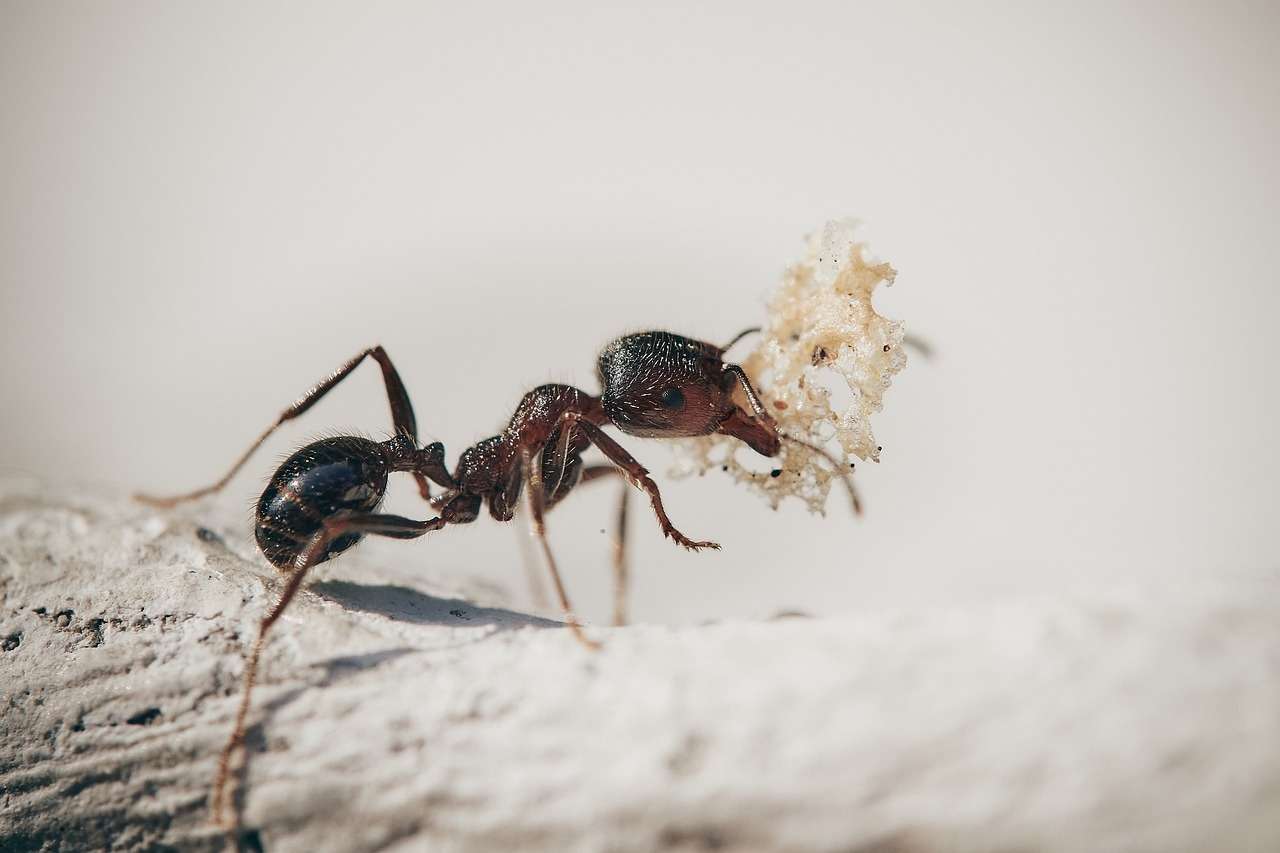We reach more than 65,000 registered users in Dec!! Register Now

When country ants go to town
- October 04, 2022
- 29 Views
- 0 Likes
- 0 Comment
Study shows behavioral, physiological changes in ants disturbed by development, urban sprawl
Research by Texas A&M AgriLife Research scientists in the Texas A&M Department of Entomology showed a common ant species undergoes physiological and behavioral changes in unnatural settings.
“Urbanization is a growing habitat around the world, and it’s becoming more important for organisms to develop ways to live when their natural settings are disturbed,” Vargo said. “Studies like this look at important questions regarding this change, ‘Can they adapt to urban environments and how?’”
Environment influences ants behavioral, chemical changes
The study focused on Tapinoma sessile, a relatively small ant species commonly known as the house ant or sugar ant. It is the most common house-invading ant across the U.S.In its native environment, the house ant creates small, single-queen colonies typically found under leaf litter, rocks and logs, Vargo said. But in suburban/urban settings, these house ants build ever-expanding multi-queen colonies around man-made structures such as sidewalks, plant containers and landscape mulching.
Vargo said the study provides a broad range of scientific application related to biological and behavioral change spurred on by environmental conditions throughout the animal kingdom. It also could provide insights into how invasive species interact with environments new to them.
“The change is very similar to invasive ants once they move from their native range to an invasive range,” he said. “The idea is to better understand this syndrome in an ant species that can take a small, inconspicuous colony that then becomes an economic and ecological problem when damaging colonies get larger and larger.”
Answering questions about adaptive evolution
Researchers utilized a large genetic database to identify the chemical and behavioral changes that influenced the ants’ social organization, Vargo said. They explored and compared the population genetics and breeding structure within and between ants in several urban and undisturbed natural locations within their range.
The team analyzed the ant’s chemistry, such as hydrocarbons, genetic makeups of colonies and behaviors, such as aggression toward familial and outsider ants, and found stark differences based on the environment, Vargo said.
The study found that house ants in urban and natural areas showed adaptations that resulted in genetic concentration. Vargo said house ant queens in their natural habitat typically leave the colony they were born in, fly to another suitable location and attempt to establish a new colony. Queens in urban colonies stay in the nest and expand the colony rather than leave.
As a result, urban queens were closely related and less aggressive toward ants with genetic relation. Behavioral analyses showed ants in super-colonies were aggressive toward ants with outside genetics.
Additionally, polydomous colonies, which are ant colonies that are spatially separate but socially connected, were only present in urban habitats, Vargo said. This suggests house ants only create super-colonies in developed areas. Ants from different urban areas shared some genetic similarities, suggesting they are adapting to features that are common in the urban environment.
As a next step, researchers plan to compare stable isotopes in the ants to look at dietary changes and how they might relate to natural vs. urban environments and possible contributing factors like temperature and the urban heat island effect.
Vargo said the researchers have hypotheses but no data yet linking how and why changes occurred.
The research was initiated by Blumenfeld, who was a doctoral student in Vargo’s lab and is now a post-doctorate researcher at Yale University. He said he is interested in answering questions related to adaptive evolution in animals regardless of classification or species, and whether they are invasive or adapting to human-caused disturbances, including cities.
“The study highlights urbanization’s influence on the evolutionary course for species,” he said. “It’s important for us to answer questions related to adaptive evolution, whether it is an invasive species or a forest species adapting to city environments.”
List of Referenes
- Alexander J. Blumenfeld, Pierre‐André Eyer, Anjel M. Helms, Grzegorz Buczkowski, Edward L. Vargo. Consistent signatures of urban adaptation in a native, urban invader ant Tapinoma sessile. Molecular Ecology, 2021; 31 (18): 4832 DOI: 10.1111/mec.16188
Cite This Article as
No tags found for this post









